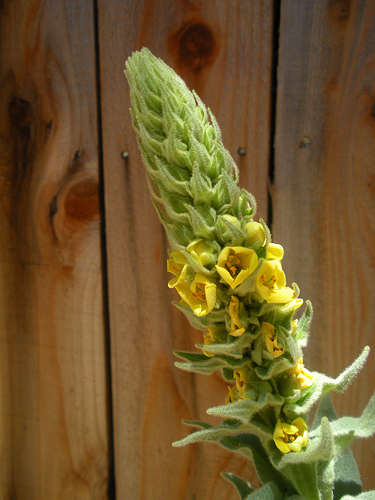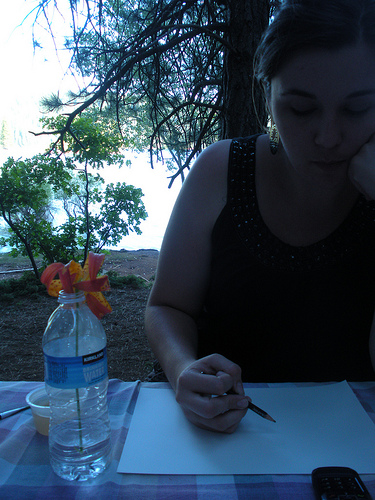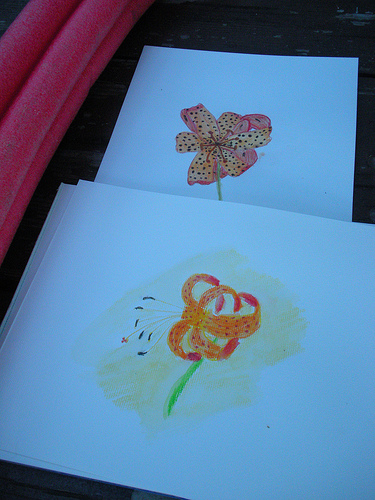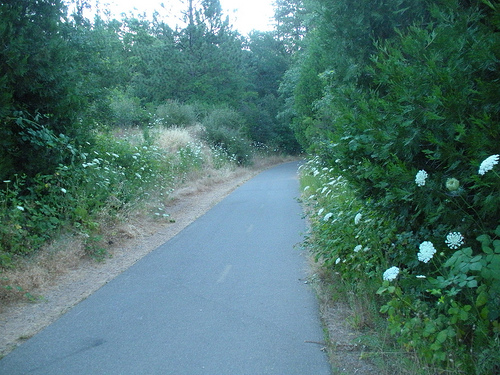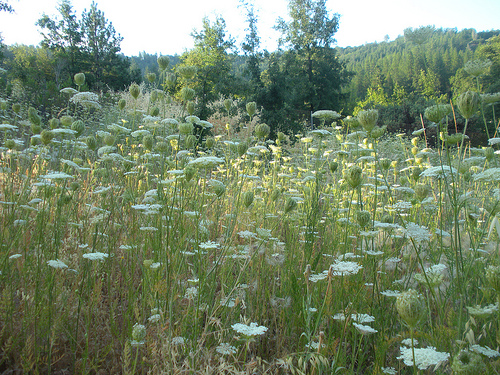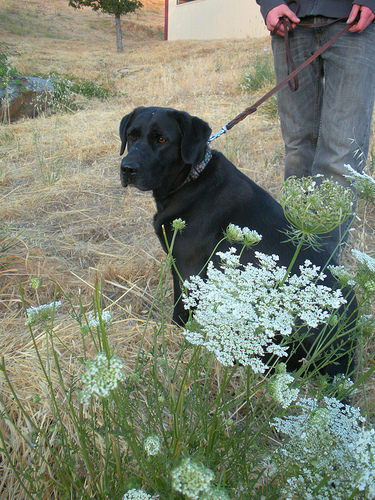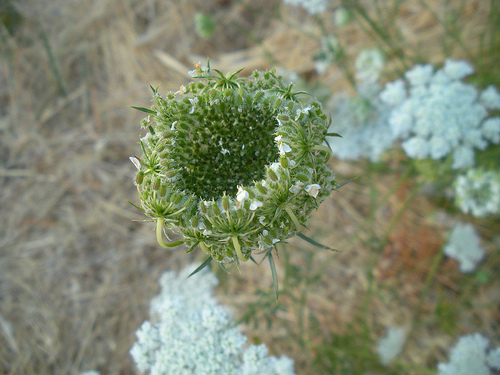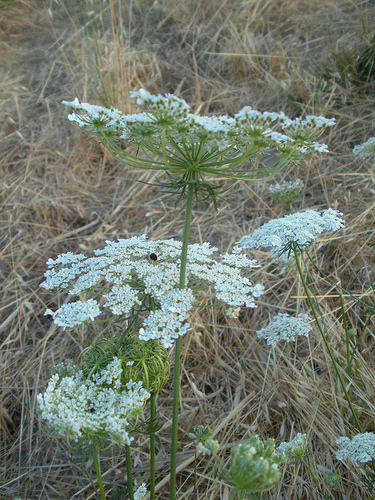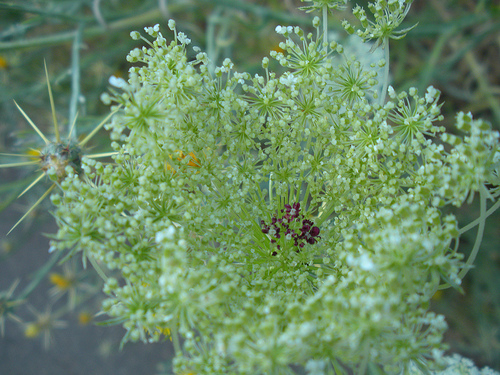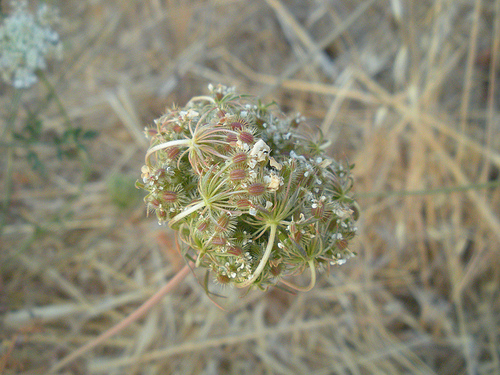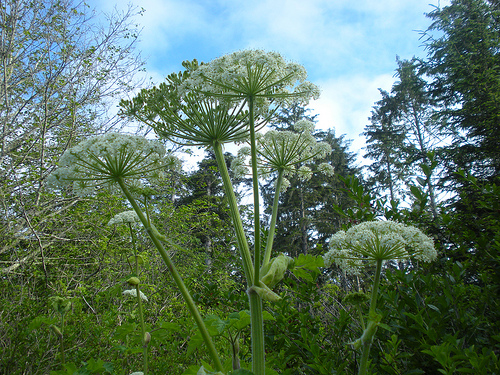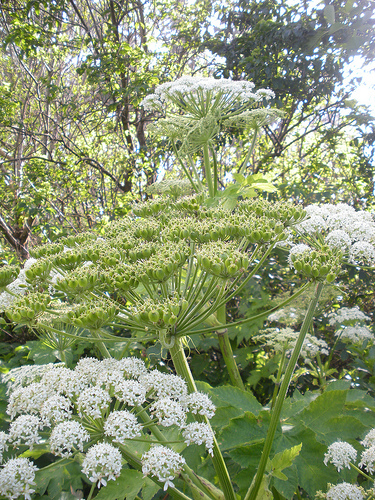Mullein in our garden is about the only thing that is totally native and grows without any help or water from me. In the past, I dug it up and got rid of it but now I am converted. I leave it alone. It is rather pretty when it blossoms and the lesson in the Handbook of Nature Study has given me a new appreciation for this plant. (The lesson starts on page 537 and the study is Lesson 146.)
We actually studied mullein a little bit a few years ago and you can read about it here: Mullein.
After watching it grow in the garden, we realize now that it grows one year and blooms the next. This means that next year we will have loads of flowers from the many plants I have left in the garden this season. I am anxious to see how they survive the winter.
One thing that intrigued us from the lesson in the Handbook of Nature Study is the information on the “felt” of the leaves and stem. Anna Botsford Comstock suggests looking at it under a microscope. So….we did that and it was beautiful and enlightening. We could clearly see that the felt is actually a mat of sharp little spikes. The Handbook says that this felt also helps keep the water in the leaves from evaporating.
I have begun to open my eyes to native plants and the concept of weed vs. wildflower. There is always something new to learn about and to appreciate if we are open to the beauty right under our very own noses.
Still learning….

